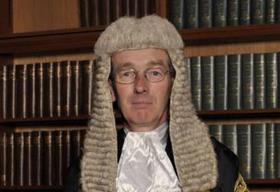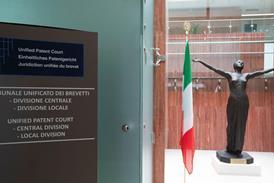The next family law chief could produce general guidance to help manage separated parents' expectations about child contact if he receives widespread backing from other judges when he tours England and Wales this autumn.
Lord Justice McFarlane, who takes over from Sir James Munby as president of the family division next month, intends to visit every full-time family judge at 40 designated family court centres, local magistrates and CAFCASS officers.

McFarlane told a Families Need Fathers conference today that, during what he called his 'drains up' tour, he will canvass views on ways judges can help families achieve a 'reasonable and child-focused solution' to private law disputes. This could include guidance on the range of outcomes regularly considered to be the 'norm' in the majority of cases where there is no safeguarding risk to the child.
McFarlane said: 'Whether or not this is an idea that is taken forward and developed must be entirely a matter for the family judiciary. For it to be authoritative it would need to be developed and "owned" by all levels of the judiciary, particularly the lay justices and district judges who hear the majority of these cases. The process of development would take time, but it is, in my view, a proposal that should now be given serious consideration by family judges.'
If McFarlane receives a 'groundswell of support' for judicial guidance, he will 'readily take it forward'.
McFarlane mooted the idea of developing general guidance earlier this year after he was asked at a conference to identify 'what normal looks like' in a private law case.
McFarlane said that in 2009, judges in the Midlands published a short document which went out to every parent coming to court, setting out what the court expected to consider before the first hearing and stressing that it was primarily the parents' responsibility to make arrangements for their child. However, the judiciary 'pulled back' from issuing general guidance due to the court's statutory duty 'to afford paramount consideration to the welfare of each individual child before the court on the specific facts of his or her case'.



















![Emily-1[17]](https://d1d8vslyhr7rdg.cloudfront.net/Pictures/274x183/3/1/7/120317_emily117_695594_crop.jpg)





5 Readers' comments